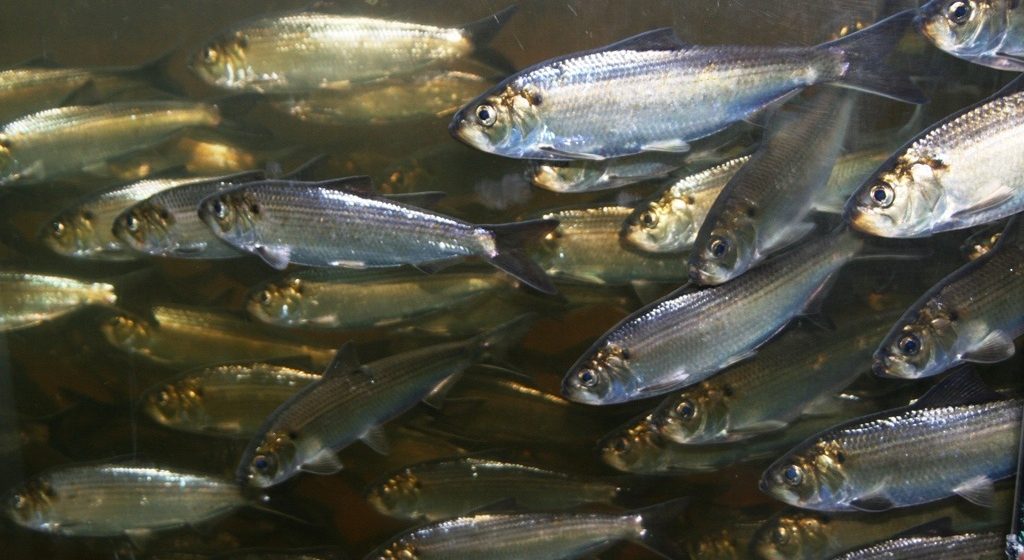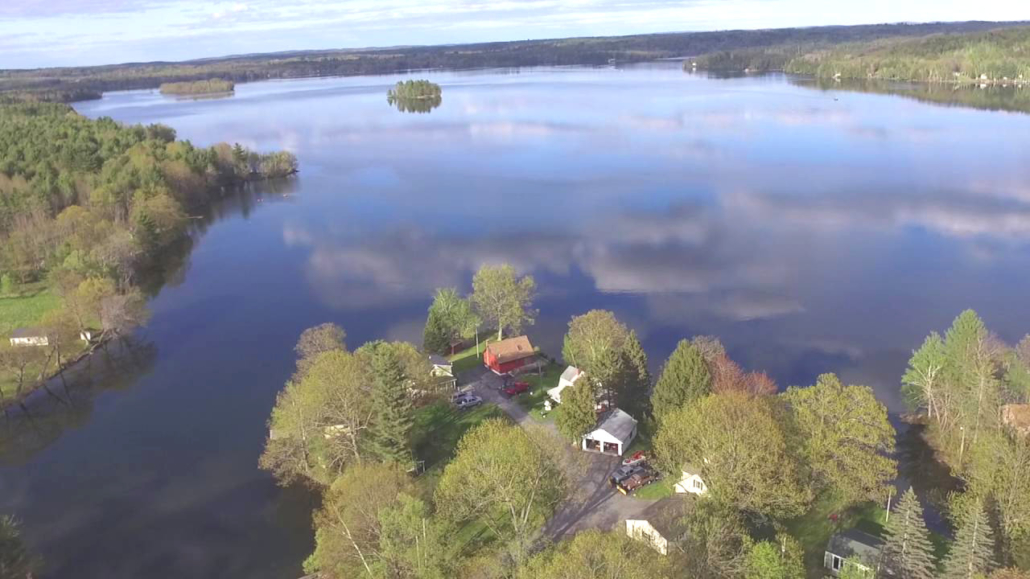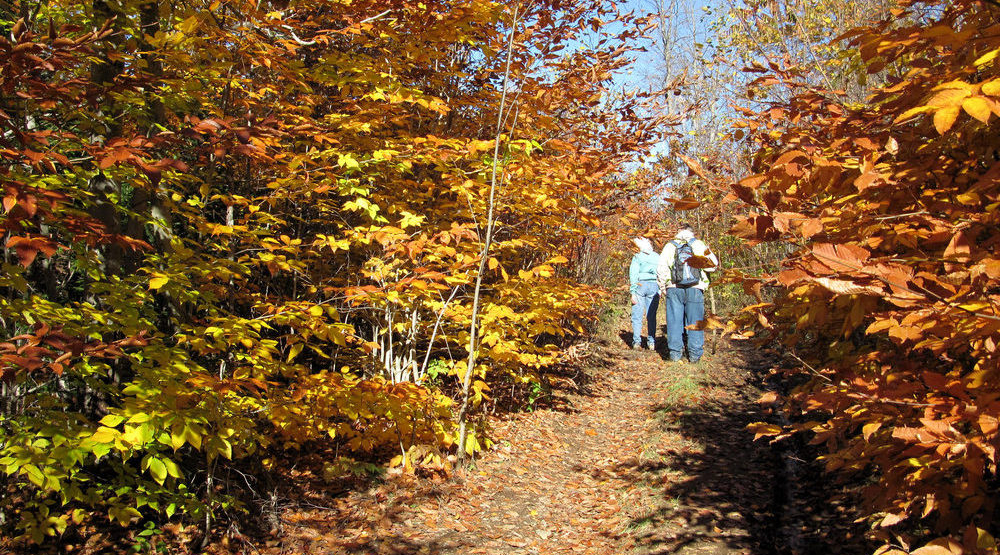COMMUNITY COMMENTARY: Sheepscot Lake Association continues scientific monitoring of water quality

Alewives by John Burrows (source: mainerivers.org)
by Carolyn Viens
Sheepscot Lake Association
In response to a recent editorial by John Glowa I felt compelled to reinforce to our community the fact-based research and data that support the concern by the Sheepscot Lake Association as well as many local residents regarding the opening of Sheepscot Dam and the waterway. This discussion and the presence of alewives and other migratory fish is not new to Sheepscot Lake. As many will recall, alewives and sea lampreys were present in the past due to IF&W opening the dam. As a result of the detrimental effect of these anadromous visitors becoming land locked due to low water levels, similar to the levels still experienced, the fishway was later closed in an effort to restore sport fishing and eliminate the phosphorous loading from dying fish. The local residents’ concern is not over anadromous fish restoration but rather the implications when those fish become landlocked, as was the case in the 60’s until the dam was closed.
I reference an article in The Town Line from September 2017 regarding Webber Pond and the impact of alewives. It was stated the trapped alewife added to the nutrient load at Webber and the pond “reached a saturation point” for which the alewives were as much a deficit as a benefit. According to this article, “alewife presence in the lake may have exceeded the tipping point in the lake. Specifically, the alewife count in 2010 was 83,905, and 2016 was estimated at 353,470. Charles Backenstose, Webber Pond Association Vice President, questioned how many alewives were too many. “Over population could affect water quality,” he suggested. It is believed that with the number of alewives entering the pond, they may be bringing in more nutrients to contribute to algae blooms than they are taking out in the fall.”
Over several years in the ‘60s, as mentioned earlier, Sheepscot suffered the effects of anadromous fishes in the lake. The resulting reduction of sport fishing catch and health of the fish caught during those times was noted by residents. One of the reasons thought to be have caused this was the increased presence of Thiamonase, which destroys Vitamin B-1 in fishes such as lake trout and salmon. It has been shown in studies by the USGS to affect the health of the offspring of lake trout and salmon feeding on large numbers of land locked and anadromous alewives who carry this toxic enzyme. The result is the death of those offspring soon after hatching. This may have contributed to the reduced catches experienced before the fishway was closed, however definitive research simply has not been done. The remedial action of closing the fishway during the spawning migrations took decades to show results but did slowly reduce the incidence of sickly fish and lamprey wounding to today’s healthy level.
The Sheepscot Lake Association regularly monitors lake water quality with world class equipment and certified data collectors in cooperation with the Maine Lake Stewards organization. The purpose of this activity is to establish a database by which we can detect early fluctuations before any situation escalates. This will help ensure any necessary action is identified through direct observation and implemented on a timely basis to protect the lake. Sheepscot Lake has excellent water quality and good sport fishing, and we are all working hard to protect the health of Sheepscot and everything that lives in and around the lake for future generations.
Community Commentary is a forum The Town Line makes available for citizens to express their opinions on subjects of interest to our readers. The Town Line welcomes, and encourages, differing opinions, counterpoints or opposing views. Keep the rebuttals positive, and informative, as submissions containing personal attacks will be rejected.
Responsible journalism is hard work!
It is also expensive!
If you enjoy reading The Town Line and the good news we bring you each week, would you consider a donation to help us continue the work we’re doing?
The Town Line is a 501(c)(3) nonprofit private foundation, and all donations are tax deductible under the Internal Revenue Service code.
To help, please visit our online donation page or mail a check payable to The Town Line, PO Box 89, South China, ME 04358. Your contribution is appreciated!





Leave a Reply
Want to join the discussion?Feel free to contribute!